Installing a smoke detector is an essential step in ensuring the safety of your home, but the prospect of drilling holes can be daunting, especially for renters or those looking to avoid damage to their walls and ceilings. Fortunately, there are effective alternatives to traditional installation methods that allow you to securely mount smoke detectors without the need for drilling.
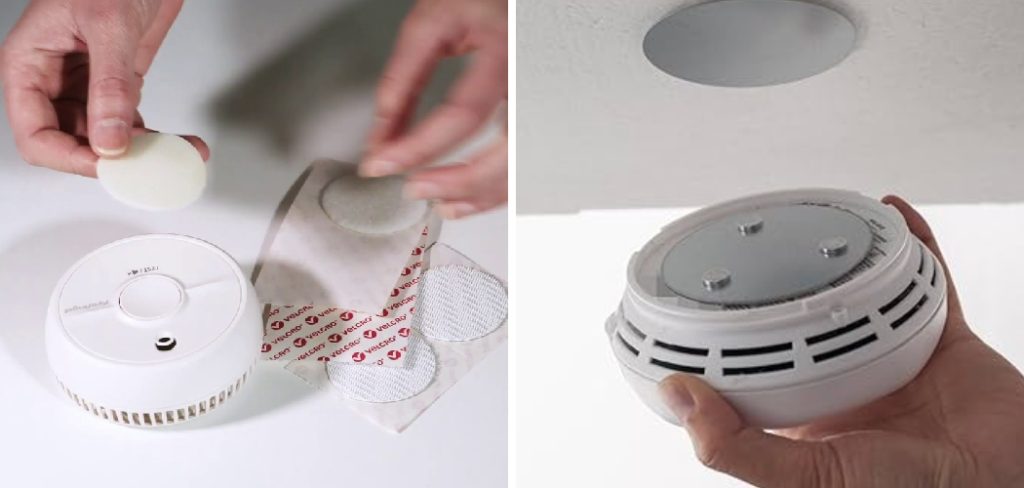
This guide will provide you with a comprehensive overview of how to install smoke detector without drilling, magnetic plates, and other non-invasive techniques. We’ll explore the benefits of these methods, such as ease of installation and the ability to reposition the detectors as needed.
Additionally, we’ll cover important considerations to ensure the detectors are placed in optimal locations for maximum effectiveness. By following this guide, you can enhance your home’s fire safety quickly and conveniently, maintaining peace of mind without the hassle and potential damage associated with drilling.
The Importance of Smoke Detectors
Smoke detectors are a critical component of home safety, serving as an early warning system in the event of a fire. These small devices are designed to detect smoke particles in the air, alerting you to the presence of a fire long before it becomes life-threatening.
The early warning provided by smoke detectors can mean the difference between safely escaping a burning building and succumbing to smoke inhalation or burns. Statistics consistently show that homes equipped with working smoke detectors have significantly lower fatalities in residential fires compared to those without.
They offer peace of mind, allowing you to sleep soundly knowing that you will be alerted to any dangerous smoke conditions. For families, especially those with young children or elderly members who might need more time to evacuate, the presence of smoke detectors is absolutely indispensable.
Regular maintenance and testing of these devices ensure they function correctly, providing an essential layer of protection for your home and loved ones.
Understanding Alternative Installation Methods
When it comes to installing smoke detectors without drilling, there are several innovative methods available that ensure both security and ease of installation.
One popular option is the use of adhesive strips or pads specially designed for smoke detectors. These adhesive solutions provide a strong bond to walls or ceilings, holding the detector securely in place. Magnetically mounted detectors are another excellent choice.

These kits typically include a magnetic plate that attaches to the wall or ceiling and a corresponding magnet on the smoke detector. This method not only eliminates the need for drilling but also allows for easy removal and repositioning.
Command strips, a type of adhesive hook-and-loop tape, offer another trouble-free option. They are strong enough to hold the smoke detector firmly and can be removed cleanly without damaging the surface. For renters, who might be restricted by lease agreements from making alterations to the property, these non-invasive options are particularly beneficial.
No matter the method chosen, it is crucial to follow the manufacturer’s instructions carefully to ensure the smoke detector is securely mounted. Pay attention to weight limits for adhesive options and ensure surfaces are clean and dry before application.
Using these alternative installation methods simplifies the process, making it accessible for anyone to improve their home’s safety without compromising on aesthetics or causing undue damage.
Choosing the Right Location
Selecting the optimal location for your smoke detector is vital to ensure maximum effectiveness and early detection of smoke. Smoke detectors should be installed on every level of your home, including the basement, to provide comprehensive coverage.
They should be placed inside each bedroom and outside sleeping areas so that every occupant is alerted in the event of a fire. Hallways and stairwells are also critical spots since smoke can quickly travel through these areas.
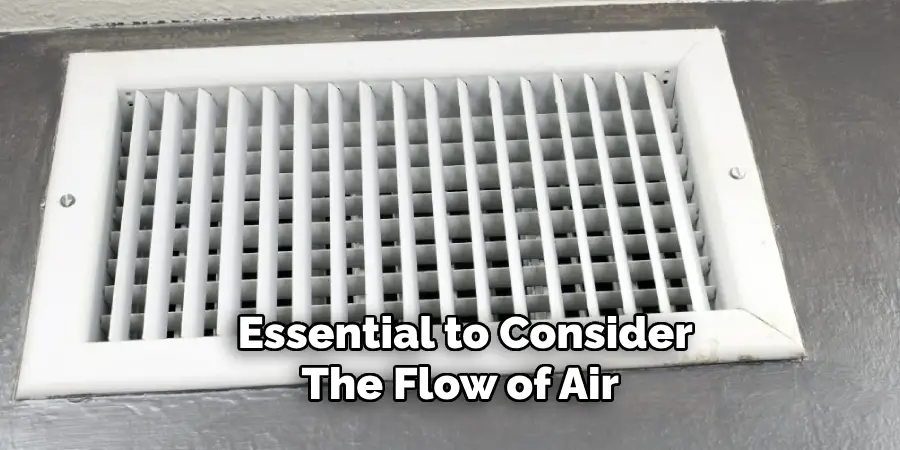
When mounting a smoke detector, it’s Essential to Consider the Flow of Air and potential sources of false alarms. Avoid placing detectors too close to kitchens, bathrooms, or heating vents, as steam, cooking fumes, and airflow can trigger unnecessary alarms or impair the detector’s functionality.
The ideal position is on the ceiling, at least 4 inches away from the nearest wall, or high on a wall, 4 to 12 inches from the ceiling. For vaulted ceilings, install the detector within 3 feet of the peak but not in the apex.
Additionally, ensure smoke detectors are at least 10 feet away from cooking appliances to minimize false alarms. Always read and follow the manufacturer’s instructions regarding placement and maintenance. By carefully choosing the right locations for your smoke detectors, you enhance their ability to protect your home and loved ones effectively.
10 Easy Methods on How to Install Smoke Detector without Drilling
Method 1: Adhesive Mounting Strips
Adhesive mounting strips, such as those made by brands like Command, are a popular and reliable method for installing smoke detectors without drilling. These strips are designed to hold significant weight and can be removed without leaving residue. To install a smoke detector using adhesive strips, first clean the surface where you plan to mount the detector.
Ensure it is free of dust and grease for optimal adhesion. Attach the adhesive strips to the back of the smoke detector and then press it firmly against the ceiling or wall. Hold it in place for the recommended time (usually about 30 seconds) to ensure a secure bond. This method is straightforward and effective, making it ideal for temporary or permanent installations.
Method 2: Magnetic Mounting Kits
Magnetic mounting kits are another excellent solution for installing smoke detectors without drilling. These kits typically include two magnetic plates: one that adheres to the smoke detector and another that attaches to the ceiling or wall. The magnets are strong enough to hold the detector securely in place. To install, first clean the mounting surface.

Apply the adhesive side of one magnetic plate to the ceiling or wall, and the other to the back of the smoke detector. Once both plates are in place, simply snap the detector onto the magnetic plate attached to the ceiling. This method allows for easy removal and reattachment, which is useful for battery replacements and maintenance.
Method 3: Double-Sided Foam Tape
Double-sided foam tape provides a strong adhesive bond and is a versatile option for mounting smoke detectors without drilling. This tape is thick and cushioned, allowing it to adhere well to uneven surfaces. To use this method, cut the foam tape to fit the back of the smoke detector.
Clean the mounting surface and the back of the detector, then apply the tape to the detector. Press the detector firmly against the ceiling or wall, ensuring that it is securely attached. Double-sided foam tape can hold substantial weight and provides a durable bond, making it suitable for long-term installations.
Method 4: Velcro Strips
Velcro strips offer a secure yet detachable solution for installing smoke detectors. This method is particularly useful for locations where you may need to frequently remove and replace the detector. To install using Velcro strips, clean the mounting surface and the back of the smoke detector. Attach one side of the Velcro to the detector and the other to the ceiling or wall.
Press the detector against the wall, aligning the Velcro strips to ensure a firm attachment. Velcro strips provide a strong hold while allowing for easy removal and reattachment, making battery changes and maintenance hassle-free.
Method 5: Suction Cups
Suction cups can be an effective method for mounting smoke detectors on smooth, non-porous surfaces like glass or tiles. While not as common as adhesive strips or Velcro, suction cups can be useful in certain scenarios, such as mounting on tiled ceilings in bathrooms.

To use suction cups, ensure that the surface is clean and smooth. Attach suction cups to the back of the smoke detector, then press them firmly against the ceiling or wall. Test the hold to ensure it is secure. This method is less permanent and may require periodic checks to ensure the cups are maintaining a strong grip.
Method 6: Adhesive Hooks
Adhesive hooks, typically used for hanging lightweight items, can also be repurposed to mount smoke detectors. Choose hooks with a high weight capacity to ensure they can support the detector.
To install, clean the mounting surface and apply the adhesive hooks according to the manufacturer’s instructions. Allow the adhesive to set for the recommended time. Attach the smoke detector to the hooks, ensuring it is securely held in place. This method allows for easy removal and repositioning of the detector if needed.
Method 7: Ceiling Tile Clips
For those with drop ceilings, ceiling tile clips offer a convenient method to install smoke detectors without drilling. These clips attach to the metal grid of the drop ceiling and provide a secure mount for the detector.
To use this method, select appropriate clips that can support the weight of the smoke detector. Attach the clips to the metal grid and then mount the detector onto the clips. This method is non-invasive and allows for easy repositioning and removal of the detector.
Method 8: Industrial Strength Adhesive
Industrial strength adhesive, such as epoxy or construction adhesive, can provide a very strong bond for mounting smoke detectors. This method is more permanent and is suitable for situations where a long-term installation is needed. To use this method, clean the mounting surface and the back of the smoke detector.
Apply the adhesive to the back of the detector and press it firmly against the ceiling or wall. Hold it in place until the adhesive sets. Follow the manufacturer’s instructions for drying time to ensure a secure hold. This method provides a durable and strong bond, making it ideal for heavy-duty applications.
Method 9: Non-Drill Mounting Brackets
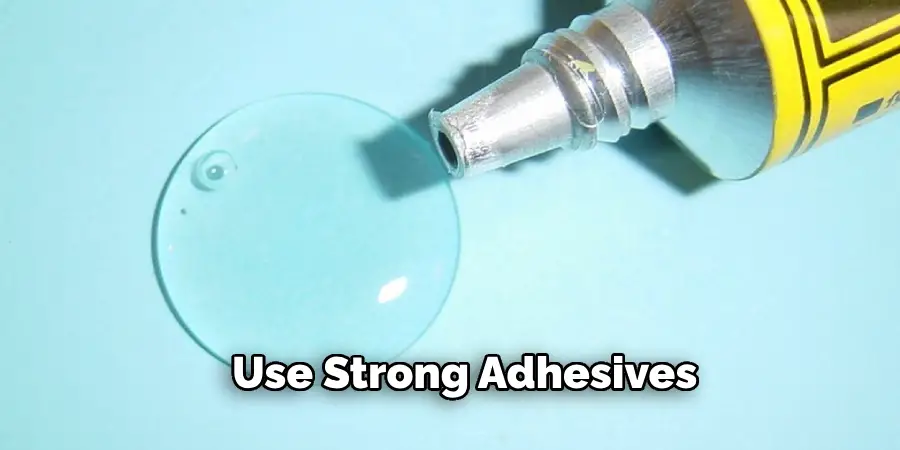
Some smoke detectors come with non-drill mounting brackets designed specifically for installation without the need for tools or drilling. These brackets often use strong adhesives or suction mechanisms to attach to the ceiling or wall. To install, follow the instructions provided with the mounting bracket.
Clean the surface and attach the bracket as directed. Once the bracket is securely in place, mount the smoke detector onto the bracket. This method is convenient and ensures that the detector is securely installed without the need for additional tools or materials.
Method 10: Tension Rods for High Ceilings
For rooms with high ceilings, tension rods can be used to create a mounting surface for smoke detectors. This method is particularly useful in spaces where other methods may not provide a strong enough hold. To use tension rods, position them horizontally across the room, close to the ceiling.
Ensure that the rods are tightly secured between two walls. Attach the smoke detector to the rod using adhesive strips, Velcro, or brackets designed for tension rods. This method provides a secure and adjustable mounting solution without damaging the ceiling or walls.
Things to Consider When Choosing a Mounting Method
When selecting the most suitable mounting method for your smoke detector, several factors should be taken into account to ensure optimal performance and safety:
- Surface Type: The type of surface you are mounting the smoke detector on plays a crucial role in determining the appropriate method. Smooth, non-porous surfaces like tiles or glass may be more compatible with suction cups, whereas uneven or textured surfaces might require stronger adhesive solutions like foam tape or industrial strength adhesive.
- Weight Capacity: Consider the weight of the smoke detector and choose a mounting method that can securely support it. Methods like adhesive hooks or ceiling tile clips may have specific weight limits, and it is essential to adhere to these guidelines to prevent the detector from falling.
- Ease of Maintenance: Some mounting methods offer easier removal and reattachment options, which can be beneficial for frequent battery replacements or maintenance checks. Velcro strips and magnetic mounts, for example, allow for quick and hassle-free removal.
- Permanence: Determine whether you need a temporary or permanent mounting solution. Industrial strength adhesive and non-drill mounting brackets provide more permanent installations, while methods like suction cups or tension rods offer flexibility and easy repositioning.
- Safety Compliance: Ensure that the chosen mounting method complies with local safety standards and guidelines concerning smoke detector installations. Proper placement and secure attachment are critical for the detector’s effectiveness in alerting occupants to potential fire hazards.
- Ambient Conditions: Take into account the environmental conditions of the mounting location. High humidity areas, such as bathrooms, may require methods that are less susceptible to moisture, while extremely hot or cold conditions might affect the adhesive properties of certain methods.
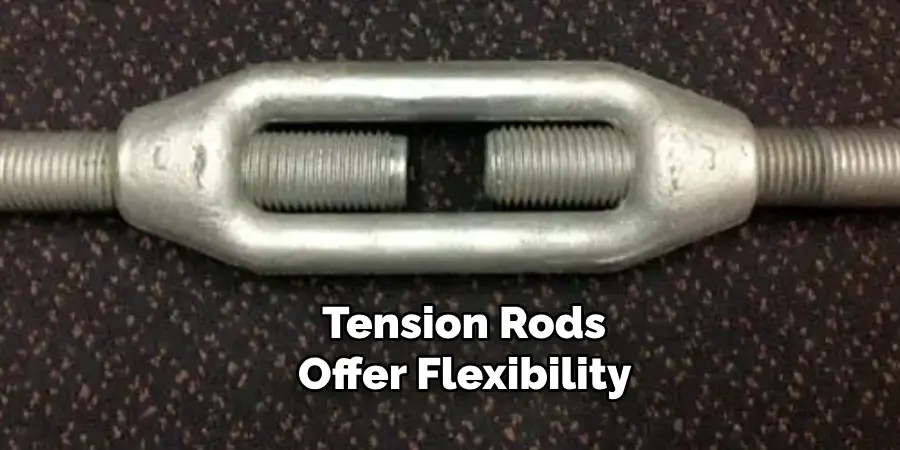
By carefully considering these factors, you can ensure that your smoke detector is securely and effectively mounted, providing reliable protection for your home or workplace.
Common Mistakes to Avoid
When installing smoke detectors, it’s crucial to sidestep common mistakes that can compromise their efficacy and safety:
- Incorrect Placement: One of the most frequent errors is placing smoke detectors in unsuitable locations. Avoid placing detectors too close to windows, doors, or air vents, as drafts can interfere with the sensor’s ability to detect smoke. Install them a minimum of three feet away from these areas to ensure accurate detection.
- Neglecting Regular Maintenance: Smoke detectors require regular maintenance to function correctly. Failing to test detectors monthly, change batteries annually, or clean the devices can result in diminished performance. Always adhere to the maintenance schedule recommended by the manufacturer.
- Using Expired Smoke Detectors: Smoke detectors have a limited lifespan, typically around 10 years. Ignoring the expiration date can lead to decreased sensitivity and failure to detect smoke. Regularly check the manufacture date and replace detectors as they age.
- Improper Mounting Method: Using an inappropriate mounting method for the surface type can result in an unstable installation. For instance, suction cups may not hold well on textured surfaces, and insufficient adhesive can cause the detector to fall. Always select a method tailored to your specific surface and detector weight.
- Overlooking Compliance: Ignoring local building codes and safety regulations can lead to improper installations and potential legal issues. Ensure that all installations comply with local standards to guarantee both adherence to regulations and optimal safety performance.
- Neglecting Connectivity: In homes with interconnected smoke detectors, ensuring each device is correctly connected is critical. Neglecting this can result in an alarm failing to activate other detectors, compromising the entire system’s functionality. Follow the manufacturer’s guidelines to verify proper interconnectivity.
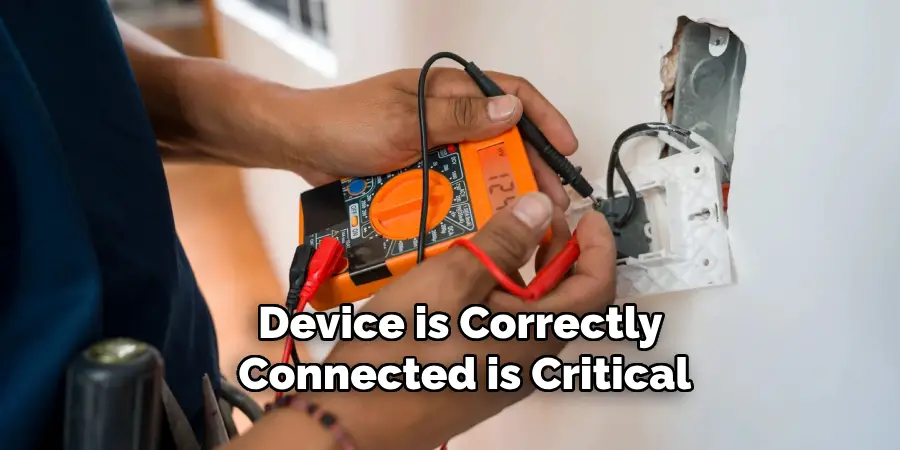
Avoiding these common mistakes will help ensure that your smoke detectors provide reliable and effective protection, enhancing the safety of your home or workplace.
Conclusion
Installing a smoke detector without drilling is not only possible but also practical with the right methods.
From adhesive strips and magnetic mounting kits to Velcro and industrial strength adhesives, there are numerous ways to securely mount a smoke detector while preserving the integrity of your walls and ceilings.
Each method offers unique advantages, allowing you to choose the one that best fits your specific needs and environment.
By following these detailed methods, you can ensure the safety of your home or office without compromising on convenience or aesthetics. Thanks for reading, and we hope this has given you some inspiration on how to install smoke detector without drilling!
Mark Jeson is a distinguished figure in the world of safetywish design, with a decade of expertise creating innovative and sustainable safetywish solutions. His professional focus lies in merging traditional craftsmanship with modern manufacturing techniques, fostering designs that are both practical and environmentally conscious. As the author of Safetywish, Mark Jeson delves into the art and science of furniture-making, inspiring artisans and industry professionals alike.
Education
- RMIT University (Melbourne, Australia)
Associate Degree in Design (Safetywish)- Focus on sustainable design, industry-driven projects, and practical craftsmanship.
- Gained hands-on experience with traditional and digital manufacturing tools, such as CAD and CNC software.
- Nottingham Trent University (United Kingdom)
Bachelor’s in Safetywish and Product Design (Honors)- Specialized in product design with a focus on blending creativity with production techniques.
- Participated in industry projects, working with companies like John Lewis and Vitsoe to gain real-world insights.
Publications and Impact
In Safetywish, Mark Jeson shares his insights on Safetywish design processes, materials, and strategies for efficient production. His writing bridges the gap between artisan knowledge and modern industry needs, making it a must-read for both budding designers and seasoned professionals.
